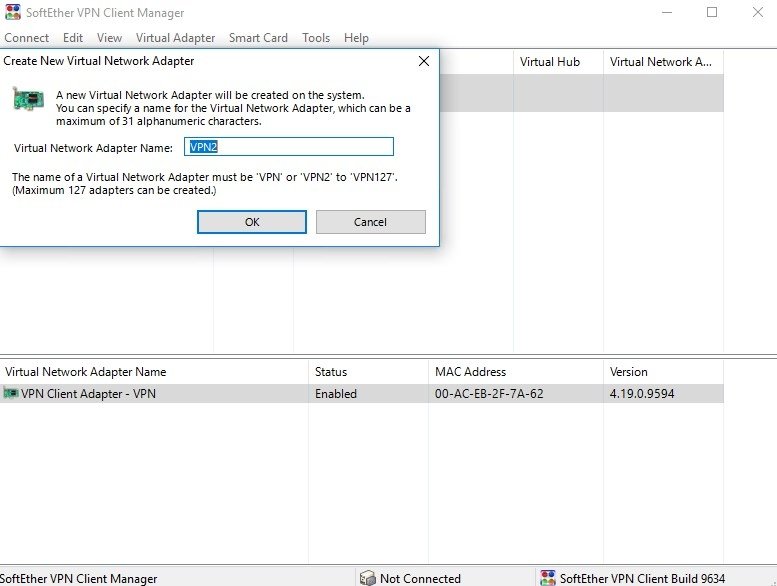
For more information, see our article on subnet router failover.You can use a Point-to-Site (P2S) VPN connection to mount your Azure file shares from outside of Azure, without sending data over the open internet. On some pricing plans, you may be eligible to set up subnet router failover (also called high-availability subnet routers), to ensure your network is connectable even if one router goes offline. To use an internal DNS server on your subnet, you can do so by configuring split DNS in the admin console. Only accessible to authenticated users of your network. You may add Tailscale IPs to public DNS records, since Tailscale IPs are Optional: Route DNS lookups to an internal DNS server YouĬan choose to remove the routes completely, or keep them enabled if you plan to No longer included in step 2 will no longer appear as advertised, noted by the icon to the right of the route. To later update subnet routes, follow steps 2 to 5 with the new routes.ĭuring step 3 from the admin console, previously enabled routes that you New routes, since the default is to use only the Tailscale 100.x addresses.Įnable this by running: sudo tailscale up -accept-routes Step 6: Use your subnet routes from other machinesĬlients on Windows, macOS, iOS, and Android will automatically pick up your newįor Linux clients, only those using -accept-routes flag will discover the In the admin console, or by running this command on the subnet router. Personal Tailscale machine (Windows, macOS, etc). Updated policy to the nodes in your tailnet.Ĭheck that you can ping your new subnet routers’s Tailscale IP address from your However, we encourage you to install Tailscale directly on devices wherever possible, for better performance, security, and a zero-configuration setup.Ĭlick Save on your tailnet policy file so the Tailscale coordination server distributes the Subnet routers respect features like access control policies, which make it easy to migrate a large network to Tailscale without installing the app on every device.ĭevices behind a subnet router do not count toward your pricing plan’s device limit. Subnet routers act as a gateway, relaying traffic from your Tailscale network onto your physical subnet. In these cases, you can set up a “subnet router” (previously called a relay node or relaynode) to access these devices from Tailscale.

When incrementally deploying Tailscale (eg.When connecting large quantities of devices, like an entire AWS VPC.With embedded devices, like printers, which don’t run external software.
However, in some situations, you can’t or don’t want to install Tailscale on each device: That way, traffic is end-to-end encrypted, and no configuration is needed to move machines between physical locations. Tailscale works best when the client app is installed directly on every client, server, and VM in your organization.


 0 kommentar(er)
0 kommentar(er)
